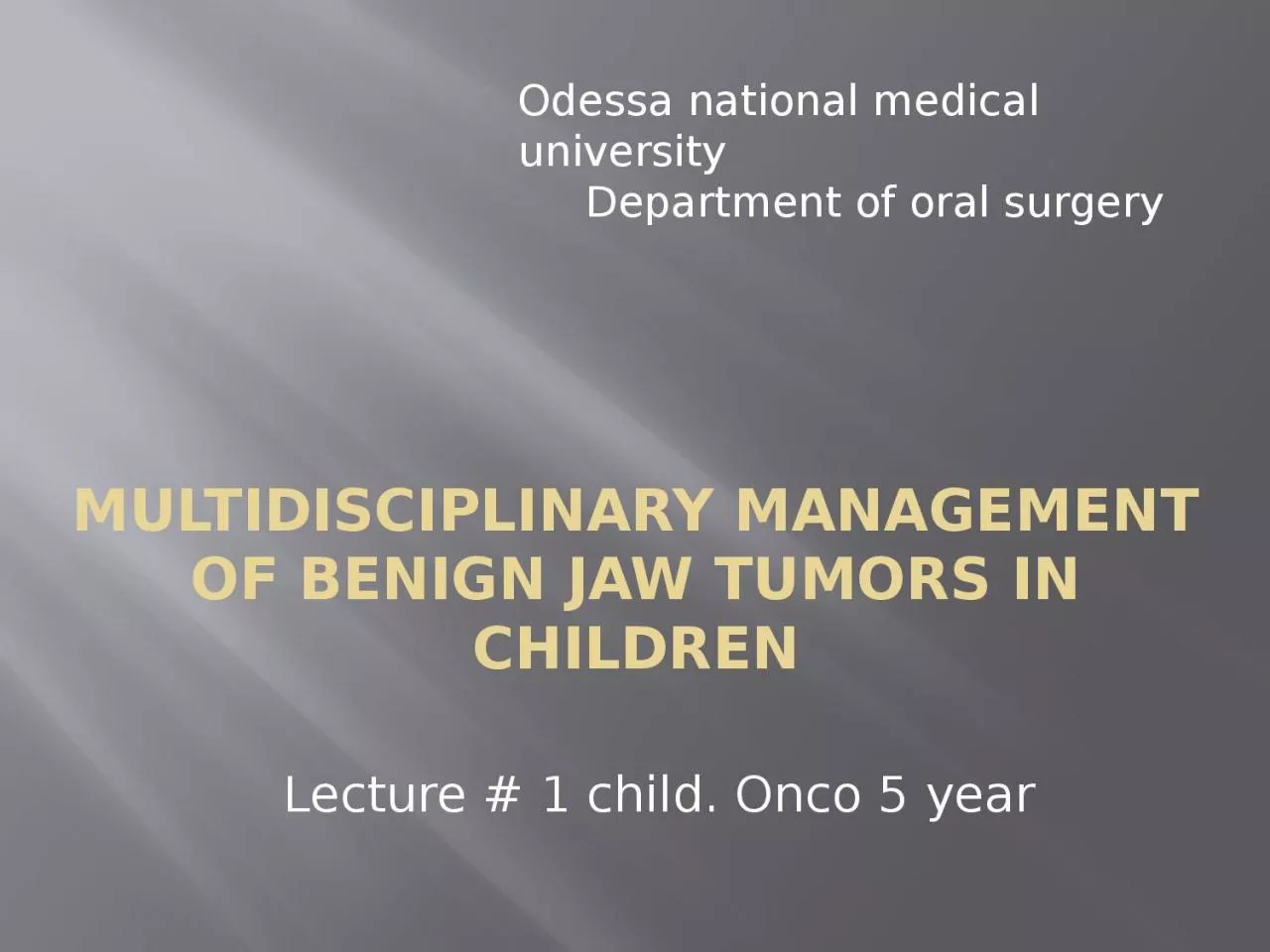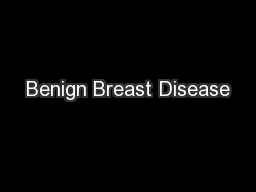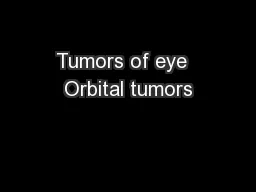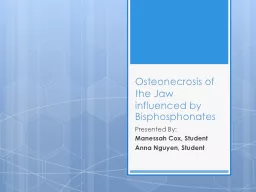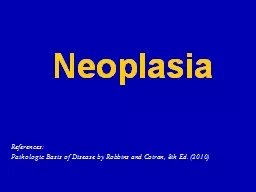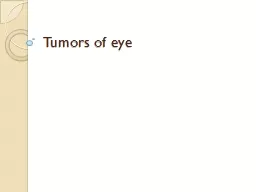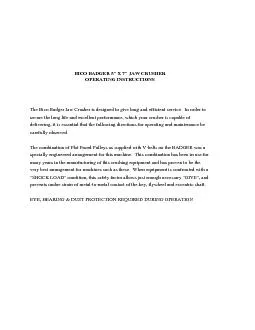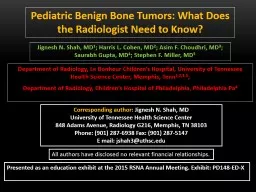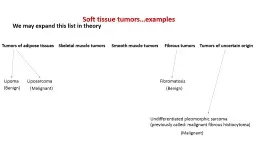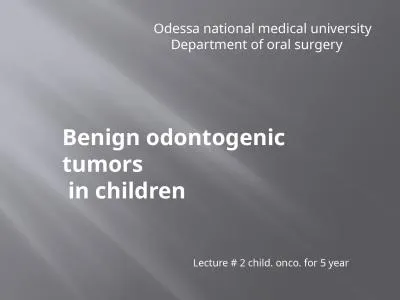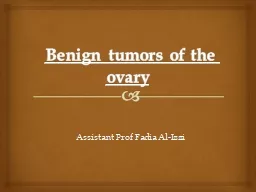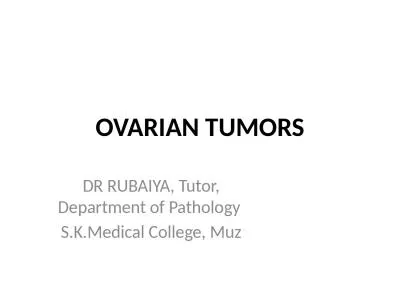PPT-Multidisciplinary Management of Benign Jaw Tumors in
Author : dorothy | Published Date : 2024-01-03
Children Lecture 1 child Onco 5 year Odessa national medical university Department of oral surgery A tumor is defined in brief as abnormal growth of tissue tumoral
Presentation Embed Code
Download Presentation
Download Presentation The PPT/PDF document "Multidisciplinary Management of Benign J..." is the property of its rightful owner. Permission is granted to download and print the materials on this website for personal, non-commercial use only, and to display it on your personal computer provided you do not modify the materials and that you retain all copyright notices contained in the materials. By downloading content from our website, you accept the terms of this agreement.
Multidisciplinary Management of Benign Jaw Tumors in: Transcript
Download Rules Of Document
"Multidisciplinary Management of Benign Jaw Tumors in"The content belongs to its owner. You may download and print it for personal use, without modification, and keep all copyright notices. By downloading, you agree to these terms.
Related Documents

